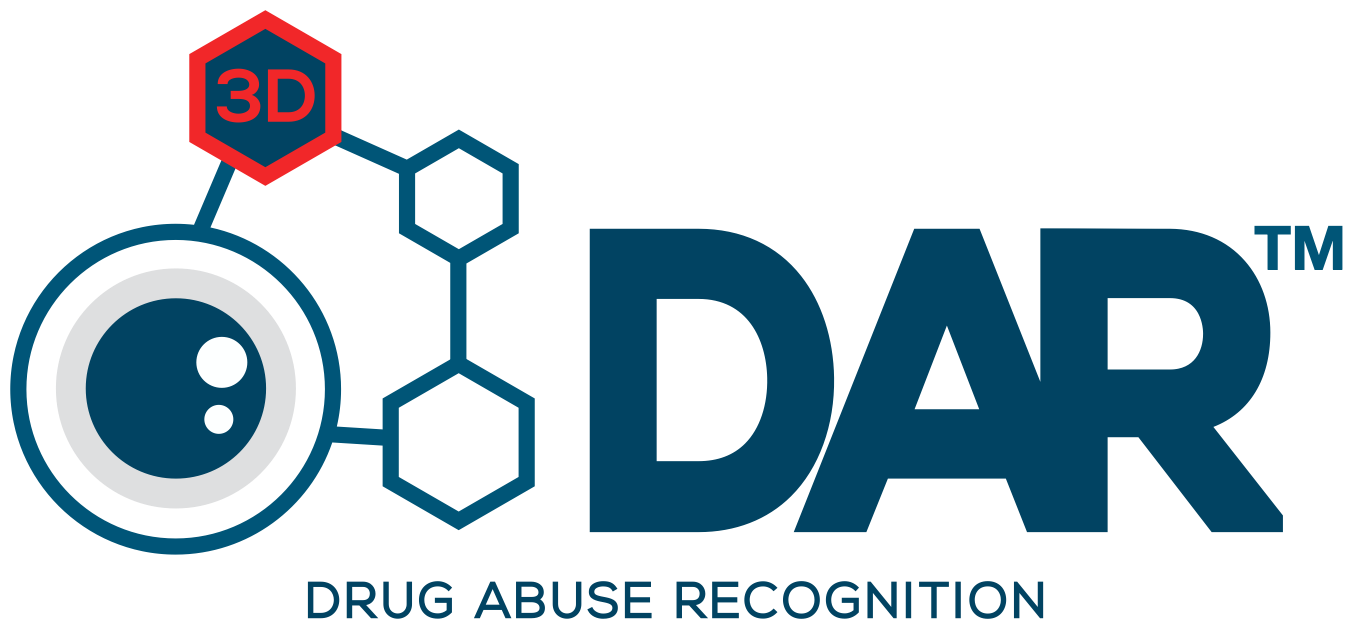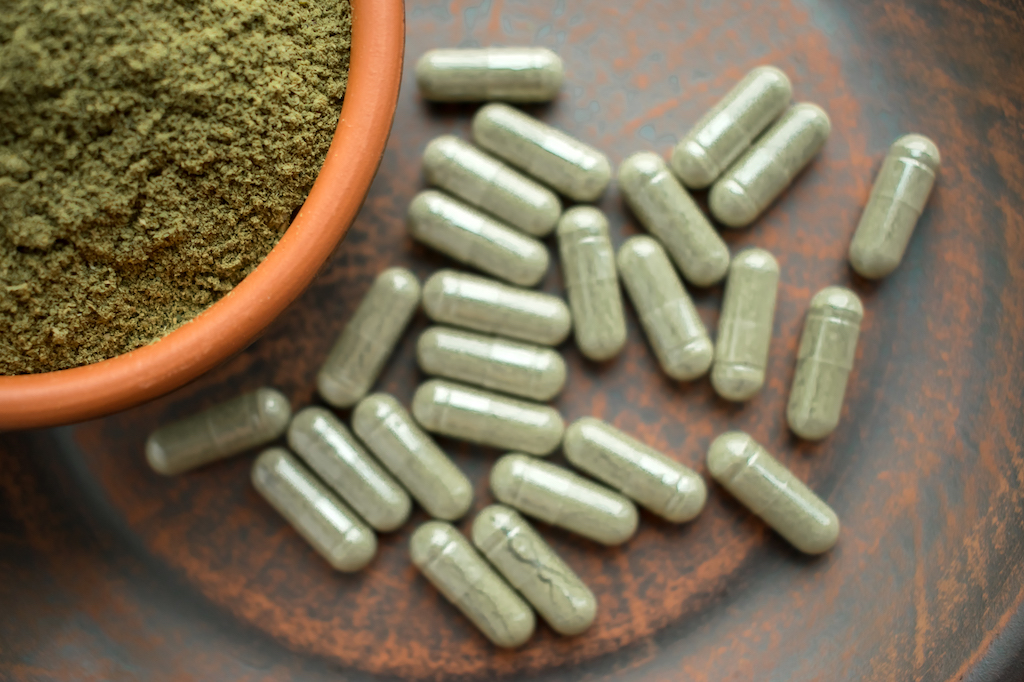As a parent, you are always looking out for your kids’ well-being. Part of that is monitoring potential drug use. You want to make sure they aren’t using cocaine, ecstasy (MDMA), marijuana, or heroin, just to name a few. Perhaps you have heard your child mention Kratom and thought to yourself, “What is that?” Maybe they told you it’s no big deal; it is, after all, just a plant. If you’re like me, you may have even seen it for sale at your local convenience store or gas station, often marketed as an herbal supplement or “chill pill.” It must not be that bad if they sell it at 7-11, right? Well, let me explain why it might be more dangerous than you think.
KRATOM BASICS
Kratom is a plant material derived from a tree native to Thailand and other southeastern Asian countries. Its scientific name is Mitragyna speciosa; the main psychoactive (mind-altering) substances in Kratom are mitragynine and 7-hydroxymitragynine. Malaysia and other countries around the world have classified Kratom as a poison, controlled substance, or other similar classification. After hundreds of years of it being used in traditional Asian medicines, it was recently banned in supplements and traditional medicines that are traded across south Asian countries.

HOW DOES KRATOM WORK?
Kratom acts on opioid receptors in the human body. These are some of the same receptors that opioids like hydrocodone, heroin, and morphine act upon. At higher doses, Kratom produces many of the same effects that these opioids produce. These can include pain relief, sedation, and euphoria, among others. However, it also acts on other receptor systems and, at lower doses, causes stimulant-like effects (i.e., alertness and increased energy).
Kratom is consumed in various forms. The leaves of the plant can be smoked, chewed, or brewed in a tea (these are generally the methods used to produce alertness and stimulation). The leaves can also be ground up into a fine, olive-green powder and either mixed with food or put into gel capsules and swallowed.
IS KRATOM LEGAL IN THE U.S. AND CANADA?
In Canada, it is not legal to sell or possess Kratom for consumption, but it is readily available and often sold as incense or other aromatherapy. This is the same method you may have seen “spice” and other synthetic cannabinoids (marijuana) marketed in the past.
In the U.S., the Drug Enforcement Administration (DEA) has deemed Kratom a “Drug and Chemical of Concern.” As recently as 2016, the DEA had plans to schedule Kratom under Controlled Substances Act; however, they rescinded that emergency decision after public outcry from users who claimed to have great success using it for pain management and opiate withdrawal. A handful of states have made Kratom illegal, but it is otherwise readily available via the internet and in stores across the country. Because there are no federal restrictions on sale, adults and children alike can easily purchase this drug. An ounce of Kratom powder sells for about $10 to $15. A “strong dose” capable of opiate-like effects can be as little as 8 grams.
ARE THERE LEGITIMATE USES?
In short—no, or at least not yet. In recent years, there has been an enormous increase in Kratom’s popularity and use. Opiate addicts claim that it has helped them with addiction treatment and is another option to suboxone and methadone. Chronic pain sufferers claim that Kratom is a safe alternative to prescription opioid medication, believing that there are not addictive qualities to it. Proponents of the drug claim that it is far weaker than drugs such as heroin, minimizing the potential for abuse. What is most important to understand, however, is that the U.S. Food and Drug Administration (FDA) has deemed there to be no legitimate medical use for Kratom, and the DEA continues to consider its labeling as a Schedule I drug. Lack of regulation is one main concern with this drug.
THE DANGERS OF KRATOM
Because the drug is not regulated by the FDA, anyone or any company can sell it in the U.S. This lack of control also means it can—and often does—contain other dangerous or illicit substances that are not disclosed on the packaging. In reality, unless you grow it yourself, you really don’t know what you’re getting. Product packaging is not required to list ingredients or have warning labels. Kratom products have been found to contain bacteria, heavy metals, and opioid components. Nearly 200 people were once infected with salmonella across a majority of the U.S.—an outbreak attributed to Kratom products.
Kratom use can cause physical dependence, which like with other addictive substances, can also mean increased use over time. With dependence comes withdrawal. Withdrawal, while probably not as bad as that of heroin, still may include sweating, muscle and bone pain, mood swings, diarrhea or constipation, nausea, fatigue, agitation, hallucinations, and delusions. The user may also experience chills, depression and anxiety, and they may have difficulty sleeping. These effects vary widely from user to user, and can be especially unpredictable during your child’s teen years, when their hormones and brain development are constantly changing.
While rare, Kratom overdose can even cause death. The majority of the time, this occurs when Kratom was combined with other drugs, but there have been a small number of cases where Kratom was the only drug found in the post-mortem toxicology. In 2017, for example, the FDA reported 44 deaths attributed to Kratom, but only one was solely from Kratom. Another 2019 report from Colorado reviewed 15 Kratom-related deaths and found that one of those included no other drugs. Possibly the most dangerous combinations with Kratom are benzodiazepines and opioids, which when combined with Kratom, can cause decreased respirations and excessive sedation.
WHAT TO DO IF YOUR CHILD IS USING KRATOM
If you suspect that your child is using Kratom, discuss the dangers of the drug with them. Also know that, due to its widely-varying effects, their use of the drug may be concealing other drug use. Most importantly, however, partly because of the lack of control and information on this drug in the U.S., its dangers are very real, and the potential for serious (even fatal) side effects cannot be discounted.
Join the Drug Abuse Recognition mailing list for weekly updates on drugs such as Kratom and how you can protect your family.


